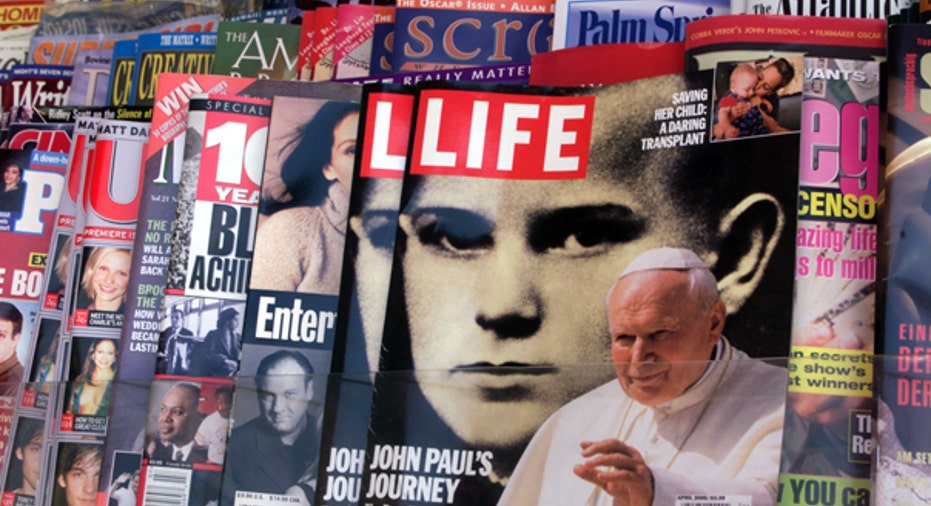Five Building Blocks for Writing Marketing Copy

If you’re a small business owner, chances are you’ve come face-to-face with writing something down for an ad or marketing piece. Whenever you pen something for that purpose, it’s called copywriting – not to be confused with copyright (which is an exclusive legal right, given to someone to print, publish, perform, film, or record literary, artistic, or musical material).
We, in the marketing and media industries, refer to the text, verbiage or syntax used to communicate ideas as “copy”. If you think about it, copy is everywhere; it’s found in magazines, tweets, websites, coupons and so much more. Given its ubiquity, you may start to get the impression that copywriting is a pretty big deal, and you’d be right.
I’ve always maintained that copywriting is part art and part science. Today, I would like to focus on the science part. That’s because the “art” part implies some level of subjectivity and is less definitive. I want you to be able to walk away with a basic grasp of key components needed for solid copy.
Here are five major building blocks for your copy:
Headline
This part of your copy will always represent your first line of text. The sole propose of this line is to quickly gain the attention of your audience. Your headline should be compelling enough to convince the prospective customer that they should read on.
Company/Product ID
Have you ever seen a great ad but could not remember the name of the company in the ad? It could be a failure to highlight the obvious – the name of the business or product. It’s seems like a no-brainer, but don’t take this one for granted.
The Offer
Your offer should be the most compelling piece of your copy. It should represent what matters most to your customers. Yes, it could be a great price on a widget, but there’s a lot more to an offer. You could extend an offer to help someone feel secure, attractive, healthy and so on.
Unique Angle
Stay away from clichés and cookie-cutter verbiage. When writing your copy, look to the truly unique aspects of your business for inspiration. Draw upon these differences in order to create separation between your message and those competing with you.
Call To Action
After I read or hear your marketing piece what should I do – come to your store, visit a Website, call or something else? This is the call to action. Be sure that this component is prominently featured and repeated, if possible.
In light of listing these five points, don’t make the mistake of writing pieces that are too long – no one has time to read a marketing novel! When penning your thoughts, use the above points as a guide and be concise.
Walter Dailey is an experienced marketing professional. He is the lead consultant and executive producer at Dailey Sound Vector, a creative services organization that specializes in developing radio ads, jingles and automotive advertising for small businesses throughout North America. Ask Walter your questions at walter@dsvmedia.com



















